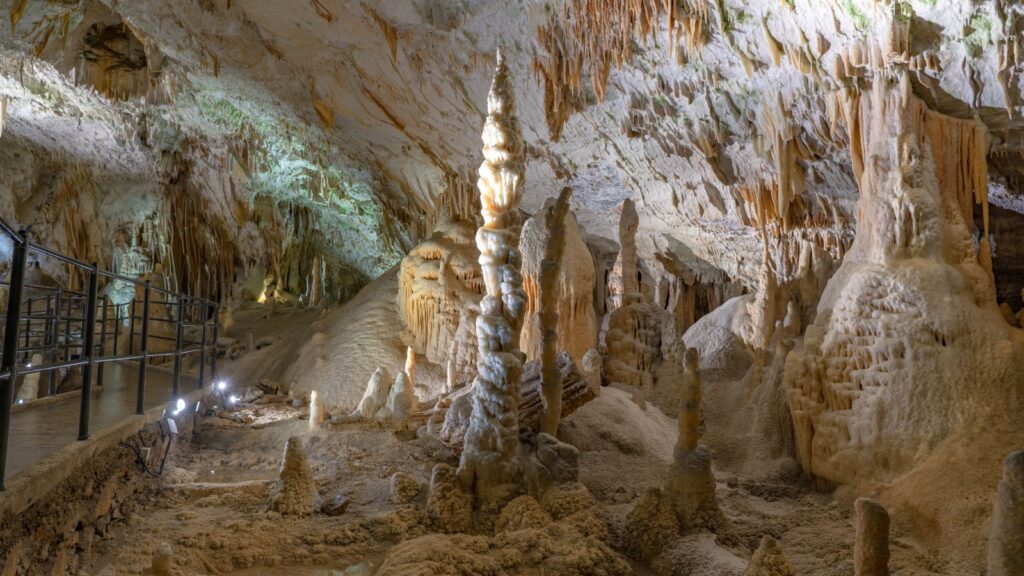All stalagmites follow mathematical laws, scientists have discovered after creating equations that show how dramatic mineral formations develop into different shapes.
The new mathematical description could help scientists extract more precise data about past climate conditions, the researchers noted in a study published in the journal PNAS the week of October 13.
you may like
Stalagmites can grow hundreds of feet above the cave floor and take on a variety of shapes, from sharp, narrow cones to wide, flat-topped mounds. They are produced by mineral-rich water dripping from the cave ceiling in roughly the same spot for thousands of years, steadily depositing calcite in towers that grow from the cave floor.
In the new study, Szymczak and his colleagues developed a set of mathematical equations that explain how all these shapes are obtained. They found that the shape the stalagmite ultimately takes is controlled by how quickly water drips onto the stalagmite from the cave ceiling and how quickly the calcite in that water is left behind. These can be represented by a single value called the Damköhler number.
Fast-flowing water dripping from the ceiling of a cave tends to form stalagmites with pointed cones, while water dripping slowly in the same spot forms thicker column-shaped stalagmites. When water drips from a height or doesn’t drip in exactly the same place, flat-topped, wide stalagmites can form.
The scientists then tested the equation by comparing the expected stalagmite shapes under different conditions to actual stalagmites taken from Postojna Cave in Slovenia.
“When we compared our analysis results with real cave samples, the agreement was surprising,” study co-author Matej Liper, a physical geographer at the Research Center of the Slovenian Academy of Sciences and Arts, said in a statement. “This shows that even under the messy conditions of nature, there is an underlying geometry.”
Scientists could use this geometry to obtain more accurate data about past climate from geological formations, the authors write in their study. Like tree rings, stalagmites grow in layers and record information about rainfall and temperature over time. Scientists use the ratios of different forms or isotopes of carbon in each layer to extract that information. The shape of stalagmites can affect how their layers are deposited, which in turn can affect how scientists interpret the conditions under which stalagmites grow.
“While stalagmites are natural climate archives, we now know that their shape leaves a unique imprint on the isotopic record,” study co-author Anthony Rudd, a chemical engineer at the University of Florida, said in a statement. “Awareness of this effect allows us to extract more reliable information about past climate.”
Source link

